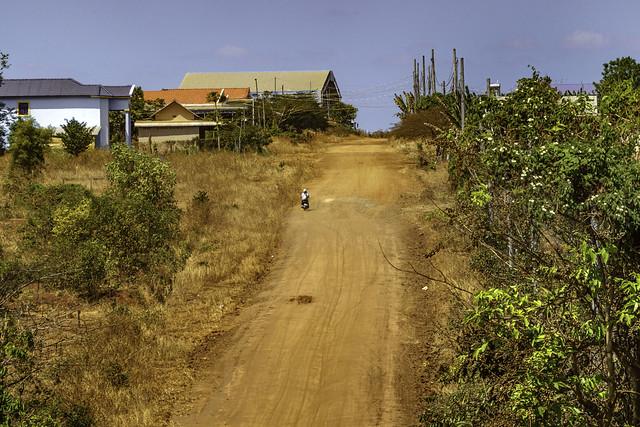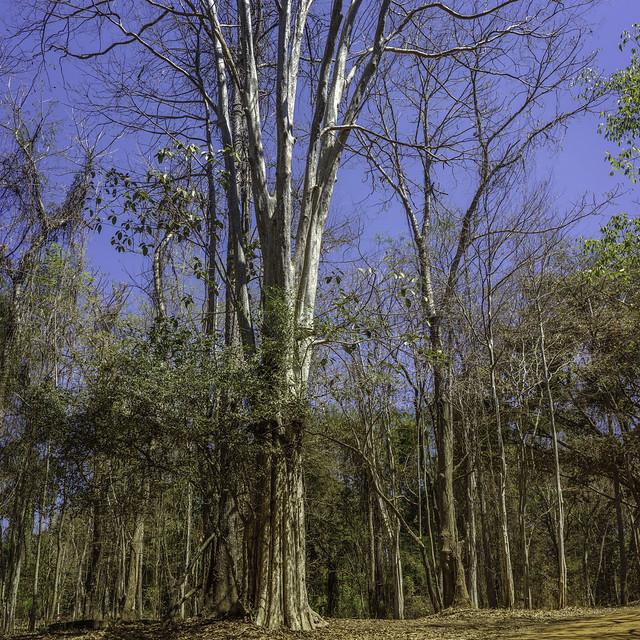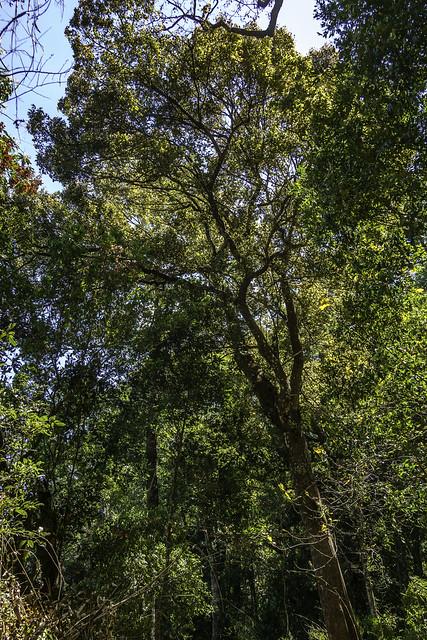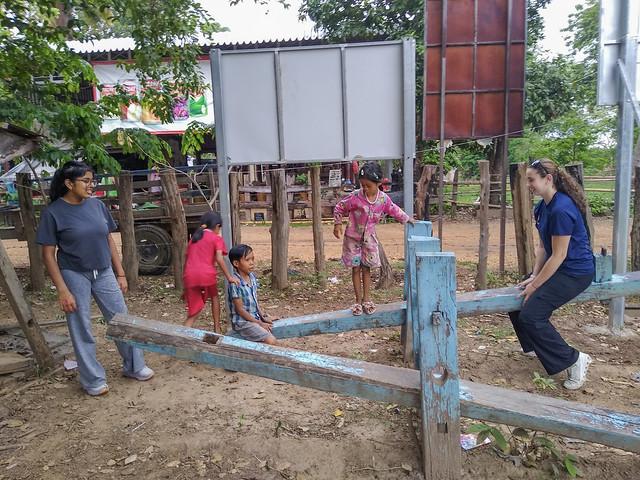Ratanakiri
Overview
Exploring Ratanakiri, Cambodia
Nestled in the northeastern corner of Cambodia, Ratanakiri offers a distinct experience compared to the more tourist-trodden paths in other parts of the country. Known for its rugged terrain and rich ethnic diversity, Ratanakiri is home to several indigenous groups, each with unique languages, traditions, and cultures. The region is characterized by its thick jungle terrains, deep blue crater lakes such as Yeak Laom, and a plethora of waterfalls. The area is a haven for eco-tourists and those interested in learning about traditional ways of life that have remained unchanged for generations. The province's capital, Banlung, serves as a great starting point for adventures into the surrounding wilderness.
Best Time to Visit
The high season for tourism in Ratanakiri runs from November to March when the weather is cooler and drier. This period is ideal for exploring the outdoors without the heavy rains that can make travel difficult in other months. During this season, visitors can engage in trekking through the dense jungles, visiting remote villages, or kayaking and swimming in the crater lakes. Wildlife watching is also popular, as the cooler weather is conducive to spotting a variety of animals in their natural habitats. Additionally, cultural festivals occurring during these months provide a deeper insight into the local traditions and are a vibrant spectacle of colors, music, and dance.
Preparation for the Trip
Travelers heading to Ratanakiri should prepare for a rugged adventure. It is advisable to pack light, breathable clothing suitable for trekking and changes in weather, as well as a good pair of hiking boots. Since some areas are remote, bringing essential supplies such as a first-aid kit, mosquito repellent, sunscreen, and sufficient hydration is crucial. Vaccinations for diseases common in tropical regions, such as hepatitis A and typhoid, should be up to date. Additionally, obtaining comprehensive travel insurance that covers medical evacuation is recommended due to the remote nature of the area. Lastly, respect for local customs and traditions is paramount; learning a few phrases in Khmer, the local language, can greatly enhance interactions with the indigenous communities.
How It Becomes to This
History not available

You May Like
Explore other interesting states in Cambodia
Discover More Area
Delve into more destinations within this state and uncover hidden gems.










